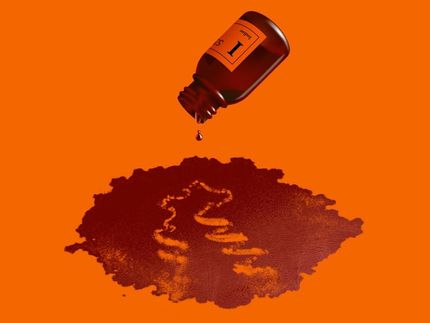Endogenous proteins found in a 70-million-year-old giant marine lizard
With their discovery, the scientists Johan Lindgren, Per Uvdal, Anders Engdahl, and colleagues have demonstrated that remains of type I collagen, a structural protein, are retained in a mosasaur fossil.
The scientists have used synchrotron radiation-based infrared microspectroscopy at MAX-lab in Lund, southern Sweden, to show that amino acid containing matter remains in fibrous tissues obtained from a mosasaur bone.
Previously, other research teams have identified collagen-derived peptides in dinosaur fossils based on, for example, mass spectrometric analyses of whole bone extracts.
The present study provides compelling evidence to suggest that the biomolecules recovered are primary and not contaminants from recent bacterial biofilms or collagen-like proteins.
Moreover, the discovery demonstrates that the preservation of primary soft tissues and endogenous biomolecules is not limited to large-sized bones buried in fluvial sandstone environments, but also occurs in relatively small-sized skeletal elements deposited in marine sediments.
A paper reporting the discovery, Microspectroscopic Evidence of Cretaceous Bone Proteins is now available in PLoS ONE.
Other news from the department science

Get the life science industry in your inbox
From now on, don't miss a thing: Our newsletter for biotechnology, pharma and life sciences brings you up to date every Tuesday and Thursday. The latest industry news, product highlights and innovations - compact and easy to understand in your inbox. Researched by us so you don't have to.




















































